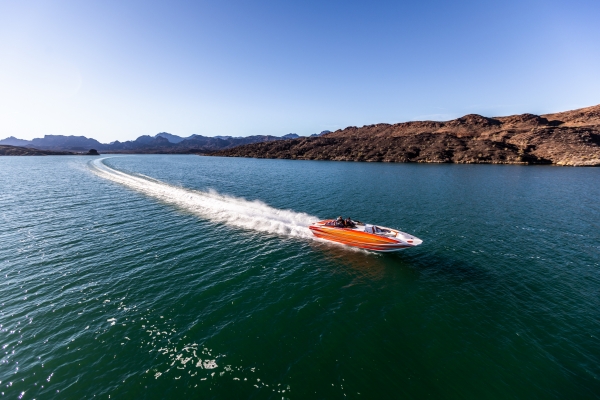Fuel System:
Ensure the engine, exhaust, and ventilation systems are functioning.
Inspect the hoses, connections, and tank surfaces for leaks/damage.
Replace components as needed.
Verify every fitting and clamp are secured.
Ensure your fuel tank is full.
Electrical System:
Electrical systems should be checked more than just during your pre-season ritual. Your system should be checked over by a certified technician often. Doing so ensures safe boating for you and everyone around you.
Inspect all electrical connections. Connections should be clean and tight. Corrosion can indicate unsafe conditions.
Install your battery if it was removed for the winter.
Charge battery and ensure it can hold a charge.
Belts, Cables, and Hoses:
Check all belts fit tightly and are not worn or ripping.
Check for cracks and brittle areas.
Inspect the control cables for cracks or swells.
Fluid Levels:
Check the engine oil, power steering, power trim reservoirs, and the coolant levels.
Change the engine oil, oil filter, and drive lubricants if this wasn’t already done prior to winterizing.
Propellers & Hulls:
Inspect your propeller(s) for dings, pitting, cracks, and distortion.
Ensure your propeller is secured properly. If necessary, replace the bearings.
Check hull for blisters, distortions, and cracks.
Clean the hull - both deck and topsides.
Ensure the drain plug is securely in place prior to every launch!
Safety Gear:
Inspect all personal flotation devices, life rings, cushions, etc. to ensure they are all in good condition! Make sure there is at least one PFD for each passenger at all times.
Check that fire extinguishers are fully charged, properly stored, and are in the correct class for you vessel. For more information, head to (https://www.boatus.org/fire-extinguishers/).
If you have any enclosed or semi-enclosed areas onboard, ensure you have at least one properly installed, working carbon monoxide detector.
Consider an EPIRB (Emergency Position Indicating Radio Beacon) for situations of distress to ensure you can be easily found.
Take advantage of any safety inspections offered by the U.S. Coast Guard (USCG), USCG Auxiliary, or U.S. Power Squadron.
Outboard Motor-
Check prop for nicks and bends.
Replace spark plugs.
Check plug wires for any wear.
Change and fill gear lube.
Inspect fuel lines, primer bulb, and tank for leaks.
Lubricate and spray movable parts
Inboard Engine:
Change oil and filters. Be sure to have spare onboard.
Check and change fuel filters. Be sure to have spare onboard.
Check and change engine zincs.
Check cooling system. Change coolant as necessary. Be sure to have extra onboard.
Record engine maintenance log. Especially record the date and hours of your last oil changes.
Check belts for tension.
Check transmission fluid.
Check and clean backfire flame arrestor.
Check impeller.
Check and clean the water strainer.
Check bilge blower.
Trailer:
Ensure your registration is valid and current.
Check rollers and pads.
Check and lubricate wheel bearings.
Clean and lubricate winch.
Lubricate tongue jack and wheel.
Test lights and electrical connections.
Check the tire pressure and condition.
Check breaks.
Check safety chains.
Check tongue lock.
We’d like to reiterate that this is just a basic outline for a pre-season preparation. Please read your owner’s manual for recommended maintenance that is specific to you and your equipment. Be sure to check back here at Van’s Sport Center for more updates/information as our first launch of the season gets closer!


